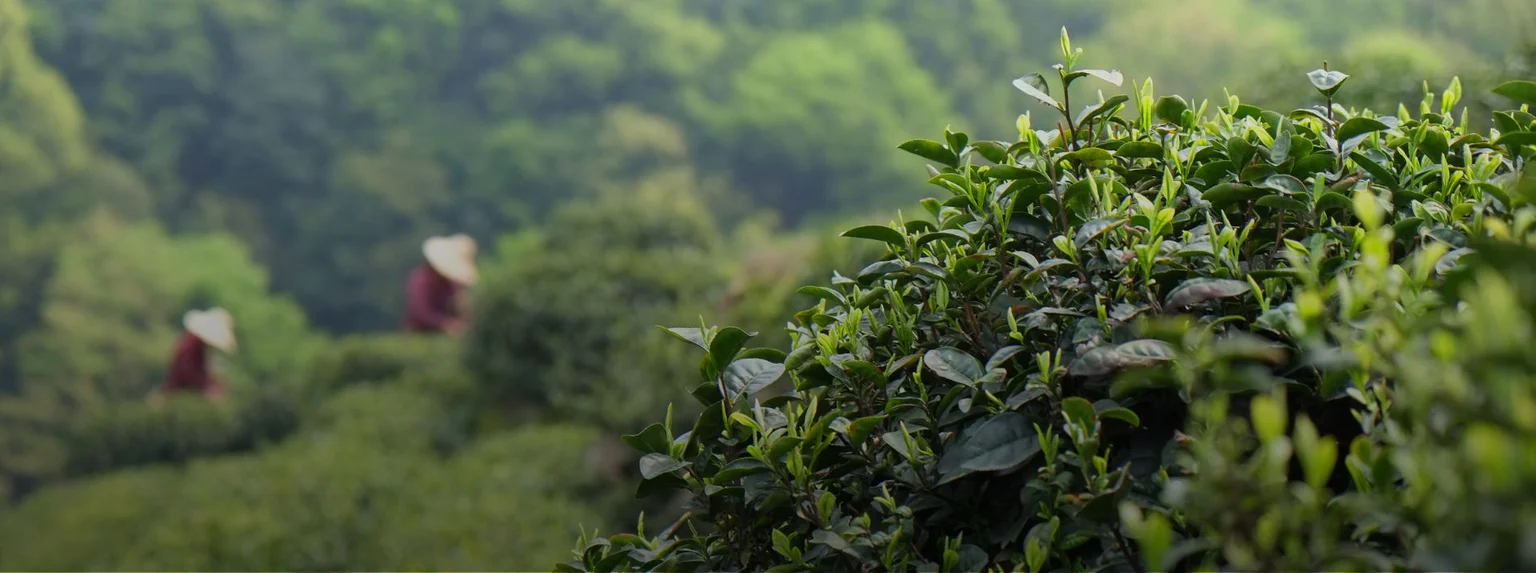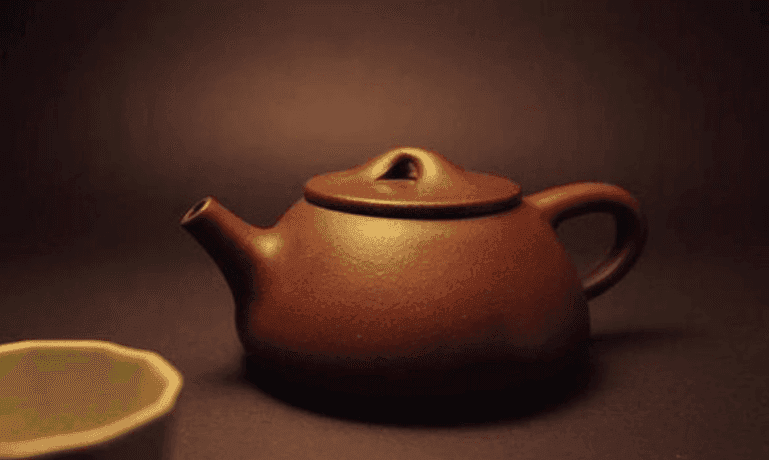
Blog
What kind of tea is suitable for brewing in a purple clay teapot?

When brewing tea in a purple clay teapot, the tea aroma is rich and lasting. Because the spout is small and the lid is tight, the inner wall of the teapot is rough, which can effectively prevent the aroma from dissipating prematurely. A layer of brown-red tea rust will be hung on the inner wall of a purple clay teapot that has been used for a long time. The longer it is used, the more tea rust will accumulate on the inner wall, so the tea soup will be more mellow and fragrant after brewing tea. So what kind of tea is suitable for brewing in a purple clay teapot?

Purple clay teapot
1. Green tea
The characteristics of green tea are that it preserves more natural substances in fresh leaves, among which tea polyphenols and caffeine preserve more than 85% of fresh leaves, chlorophyll preserves about 50%, and vitamin loss is also less, thus forming the characteristics of green tea “clear soup and green leaves, strong astringent taste”. When using a purple clay teapot to brew green tea, you should choose a purple clay teapot made of purple clay, segmented clay and green clay. At the same time, the shape of the teapot should be well-fenced, flat and antique. These pot shapes have the characteristics of fast heat dissipation, and it is not easy to make the delicate green tea old. Instead, they can stimulate the unique aroma and flavor of green tea, making the taste sweeter, more delicious, fresh and comfortable.
2. White tea
Chinese medicine pharmacology proves that white tea is cool in nature, has the effect of reducing fever and fire, preventing cancer, fighting cancer, preventing heatstroke, detoxifying, and curing toothache, especially aged white tea. When brewing white tea in a purple clay pot, since white tea is slightly fermented tea, the color of the tea soup is elegant and bright. During the stewing period, it is best to stew the new tea with hot water of 85-90 degrees, and it is better to use boiling water for old tea. Zisha pots are preferably antique pots or Han flat pots made of Jiangpo mud and Duan mud, which are conducive to showing the mellow, delicate, tranquil and soft taste of white tea.
3. Yellow tea
The buds and leaves of yellow tea are tender, elegant, and fresh. The basic manufacturing process of yellow tea is similar to that of green tea, but it is yellowed during the tea making process, so it has the characteristics of yellow soup and yellow leaves, which is the result of stewing during the tea making process. Yellow tea is a lightly fermented tea with bright and transparent tea soup. It is suitable for stewing in a stone scoop pot or a horizontal pot made of purple clay. During the stewing period, mountain spring water is the best water quality, the water temperature is controlled between 80-85 degrees, and the amount of tea is preferably 3-5 grams. The specific amount of tea is related to factors such as the number of tea drinkers and personal taste preferences.
4. Black tea
Black tea belongs to post-fermented tea, a unique tea in China, with a long history of production. It is mainly made into compressed tea. Black tea has multiple effects, such as supplementing dietary nutrition, aiding digestion, relieving greasiness, easing the stomach, reducing fat, losing weight, softening human blood vessels, preventing cardiovascular diseases, anti-oxidation, delaying aging, prolonging life, anti-cancer, anti-mutation, lowering blood pressure, improving sugar metabolism, lowering blood sugar, preventing and treating diabetes, sterilizing, anti-inflammatory, diuretic and detoxifying, and reducing the harm of tobacco and alcohol. Zisha teapot is the most suitable for brewing black tea, because black tea is a fermented tea, the tea soup is ruddy and rich, and it is the best to use it to maintain the teapot, and the brewing speed is fast. During the stewing period, the water temperature is preferably boiling water, and the water quality is most suitable for soft water such as mountain spring water, which is conducive to stimulating the unique aroma and taste of black tea. Black tea is best suited to the pomelo teapot made of purple clay and dicaoqing.
5. Black tea
Black tea can help digestion, promote appetite, promote diuresis, eliminate edema, and strengthen myocardial function. Black tea has strong antibacterial properties. Gargling with black tea can prevent colds caused by filterable viruses, prevent tooth decay and food poisoning, reduce blood sugar levels and high blood pressure, and long-term drinking of black tea can also reduce the incidence of neovascular diseases. When brewing black tea in a purple clay pot, because the tea soup of black tea is red and bright, it is a fully fermented tea. The water temperature during the brewing period is preferably 100 degrees, otherwise the aroma of black tea will be difficult to overflow. This tea is extremely resistant to stewing, so brewing tea in a purple clay pot can better show the aroma and taste of black tea. When stewing black tea, purple clay pots made of purple clay and red clay are the best, and the pot shape is mostly Qinquan.
